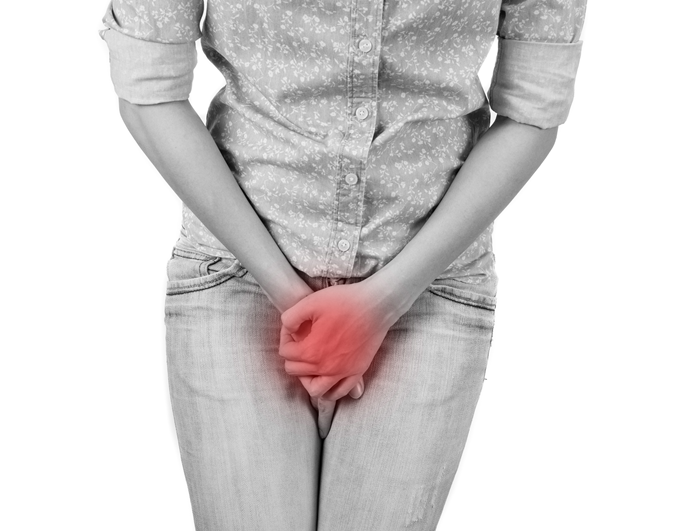Types of Urinary Incontinence
-
Stress urinary incontinence – the unintentional release or leakage of urine during sudden movements such as coughing, sneezing, laughing and exercising.
-
Urge incontinence (over active bladder or OAB) – the sudden, intense urge to urinate, followed by a loss of urine. You may wake several times a night with a strong urge to urinate.
-
Mixed incontinence – occurs when women have symptoms of both stress and urge incontinence.
-
Overflow incontinence – occurs when the bladder doesn’t completely empty. It may be caused by dysfunctional nerves or a blockage in the urethra that prevents the flow of urine.
If you experience urinary incontinence, it means your urethra (the tube from which urine exits from the bladder through the body) does not stay closed until you need to urinate.
This is usually due to a weakening of the pelvic floor, connective tissue and muscle. Reasons causing stress urinary incontinence may include pregnancy and childbirth, chronic heavy lifting or straining, menopause or oestrogen deficiency and obesity. While urinary incontinence can affect women of any age, it can also be treatable at any age. However not all approaches work for every person or for every type of incontinence.
Diagnosis
Urodynamics is a procedure used to determine a diagnosis in women with urinary problems, especially incontinence.
It is a simple procedure that takes approximately 10-15 minutes in your doctor’s rooms. Firstly your doctor will fully explain the procedure to you, before giving you some privacy to empty your bladder into the commode toilet provided. You will then be asked to lie down on the examination bed while your doctor inserts 2 tubes: one is a temporary two-way catheter inserted through the urethra into the bladder and the other is a tube inserted into the rectum (back passage). The bladder tube is connected to a 500ml bag of saline fluid which is slowly pumped in to your bladder. Both tubes are connected to a computer in order to monitor the different pressures within your bladder. It is important to note that this procedure should not be painful, however it may be uncomfortable and you should inform your doctor at these times. You are asked to make your doctor aware of the first sensation of needing to urinate and then again when the sensation becomes urgent. The procedure is ceased at this time. You are then asked to stand up and cough, before empting your bladder into the commode, this time with the tubes in. The nurse will then remove both tubes and your doctor will discuss the findings of the procedure.
Treatments
Behavioural /muscle therapy (pelvic floor exercises)
-
Biofeedback – a process that helps you gain control over bodily functions by making you more aware of them
-
Electrical stimulation – which aids pelvic floor exercises by isolating muscles involved
Medication
There are a number of medications that help with urge incontinence and over active bladder (OAB).
Surgical treatments (for stress incontinence).
-
Mid Urethral Tapes:
TVT (Tension-free Vaginal Tape) or TOT (Trans Obturtor Tape):
Tape, made of mesh, is put around the urethra, creating a supportive sling. The tape supports the urethra and this allows it to remain closed and stops urine leaking out if there is a sudden increase in pressure. The tape only provides support when it is needed without unnecessary tension on the urethra. Hence it being called tension-free. The tape is inserted during a short operation using a local or general anaesthetic. The tape remains in place and gradually body fibres grow through the mesh and hold it in place. TVT requires an overnight stay in hospital and you will be able to go home the next day, providing you are able to pass urine without difficulty. -
Colposuspension:
This is performed through a bikini line incision in the lower abdomen. Stitches are placed around the bladder neck, in order to raise the bladder and urethra. However this operation is more invasive than TVT and is performed under a general anaesthetic. The average hospital stay is 7-10 days and normal activities can usually be resumed within 6-8 weeks.



